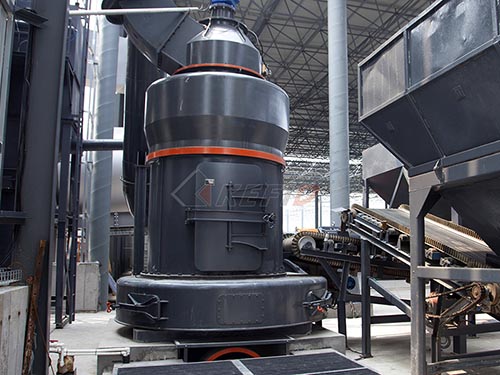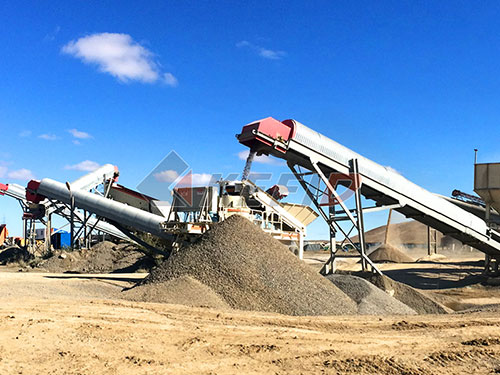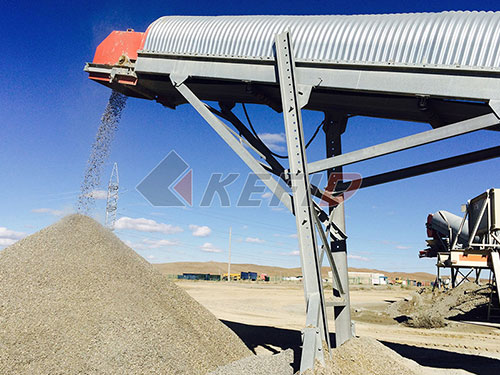The Vital Artery: Optimizing Crusher Conveyor Belts for Efficiency and Longevity
In the demanding world of aggregate production, mining, and recycling, crushers stand as the primary workhorses reducing raw materials into usable sizes. Yet, equally critical – and often overlooked until failure occurs – is the conveyor belt system transporting feed material to the crusher and carrying crushed product away from it. These Crusher Conveyor Belts operate under uniquely punishing conditions and represent a significant investment in both capital cost and operational continuity.
Why Crusher Belts Face Unique Challenges:
Unlike standard material handling conveyors moving uniform loads at consistent rates over relatively clean paths, crusher belts confront:
1. Severe Impact: Large chunks of rock or concrete dropping onto the belt from significant heights create intense localized stress at loading points.
2. Extreme Abrasion: Sharp-edged aggregate constantly scrapes against the belt surface during transport.
3. High Tension: Moving heavy loads of dense material requires substantial tensile strength.
4. Punishing Environments: Exposure to dust, moisture (or slurry), temperature extremes (hot clinker/cold ore), oil/grease spills.
5. Variable Loading: Uneven feed rates and material surges common in crushing circuits.
Designing Belts for Survival: Considerations
Selecting and designing belts specifically for crusher applications involves careful attention to several factors:
1. Carcass Construction: The backbone of the belt.
Fabric Carcasses (EP/Polyester-Nylon): Offer good flexibility and impact resistance at lower tensions; suitable for less severe secondary/tertiary crusher discharge belts or shorter runs.
Steel Cord Carcasses (ST): Essential for primary crusher feed belts carrying massive boulders over long distances or high inclines where maximum tensile strength (>3000 kN/m) is non-negotiable to prevent stretching and snapping under load.

2. Cover Compounds & Thickness: The sacrificial layer protecting the carcass.

Top Cover: Must prioritize abrasion resistance above all else (measured by DIN/ISO abrasion loss tests). Thicker top covers (e.g., 10mm+) are standard under primary impact zones.
Impact Resistance: Specialized rubber compounds designed to absorb energy without cracking or gouging deeply are crucial at loading points beneath hoppers/chutes.

Leave a Reply